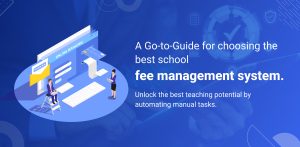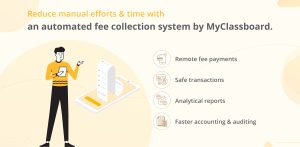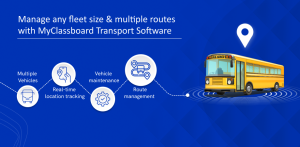Technology has spread its roots vast in the diverse fields of banking, medical sector, retailing and others. Consider the old days wherein one had to stand in long queues at the banks to do the financial transactions, there was no proper diagnosis of the disease and no proper infrastructure to perform a surgery, one had to turn to the malls or stores to buy the grocery or clothes or any other essential goods.
Technology has changed the entire scenario now; banking transactions can be done from our smartphones with much convenience, major surgeries can be performed with the collaboration of famous surgeons across the world using video conference and you can shop and buy your favorite goods from your home. Over the past decades, technology has made a significant development in all sectors including education.
Extending its roots, technology has entered the field of education as well making a positive impact in the education process. The transition is evident with digital classrooms, smart schools and online learning. However, there is a need to understand why technology integration in classrooms is required.
Classroom Teaching: Technology involvement in the educational realm has had a huge impact in terms of learning and teaching. Implementation of technology in education has seen a dramatic change in classroom teaching. The inclusion of technology in classrooms plays a vital role in developing learning skills of students and enhances a sophisticated environment for students to learn. In several schools that have technology integration in classrooms, the lessons being taught by the teacher using the projector is simultaneously displayed on the tablet screens of students.
Classroom Learning: With the integration of technology into classrooms, classroom learning is one attribute that makes learning experiential and experimental to students. Students can listen to the instructor or teacher live, receive visual cues through power point images, handouts or whiteboard lists and participate actively. Students can even prepare notes and presentation of what they have been taught rather than simply sitting and listening to the lecture. Students can immediately interact by posting questions to the educators and participate in live discussions. This further benefits in building and maintaining personal and professional relationships with other students and teachers.
Technology for Teachers: It should not be forgotten that teaching and technology go hand in hand. Technology for teachers is to improve their teaching skills and is as important as it is to students. With the use of advanced technology, teachers or instructors can make classroom teaching more interesting by involving students in collaborative learning. The use of video conferencing helps the teachers to develop their own skills while making students comfortable with the technology. The presentation software often used by teachers complements teaching and the use of power-point stimulates discussion among students and allows them to express their views.
Computer-based Learning: Computer-based learning is one of the most widely used resources that helps students to enhance their learning skills through computer aided education. It imparts computer knowledge in students and enables them to obtain large amounts of information from various websites and makes them technologically literate. Computers reduce the time spent on mechanical tasks such as rewriting, producing graphs and increase the scope of searching. It also helps in organizing information making it easier to share with others.
Apart from enhancing learning and teaching skills, technology integration in classrooms makes the classroom related activities simpler like attendance, timetable scheduling, assignments and online exams.











